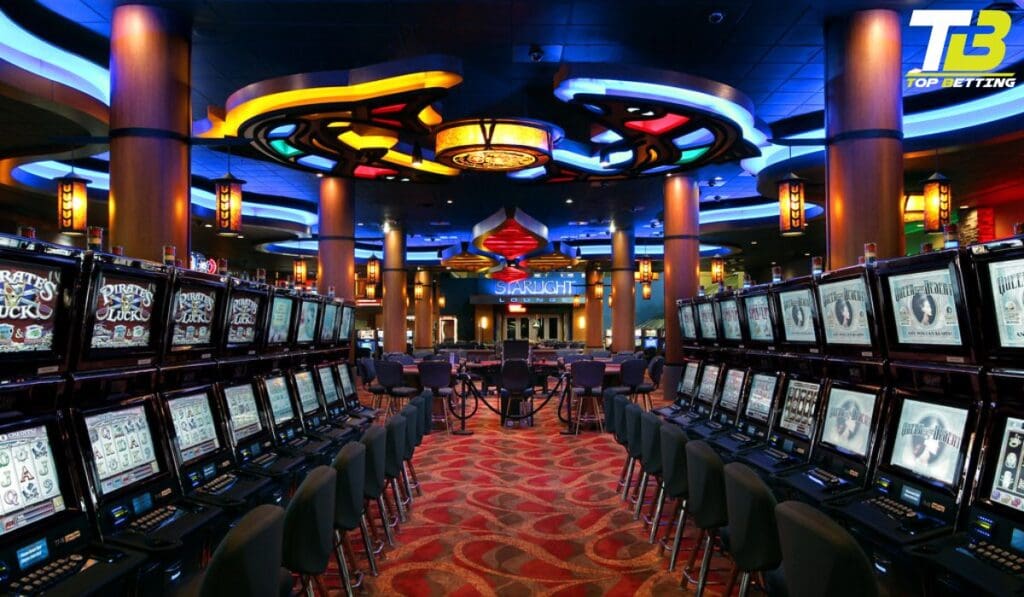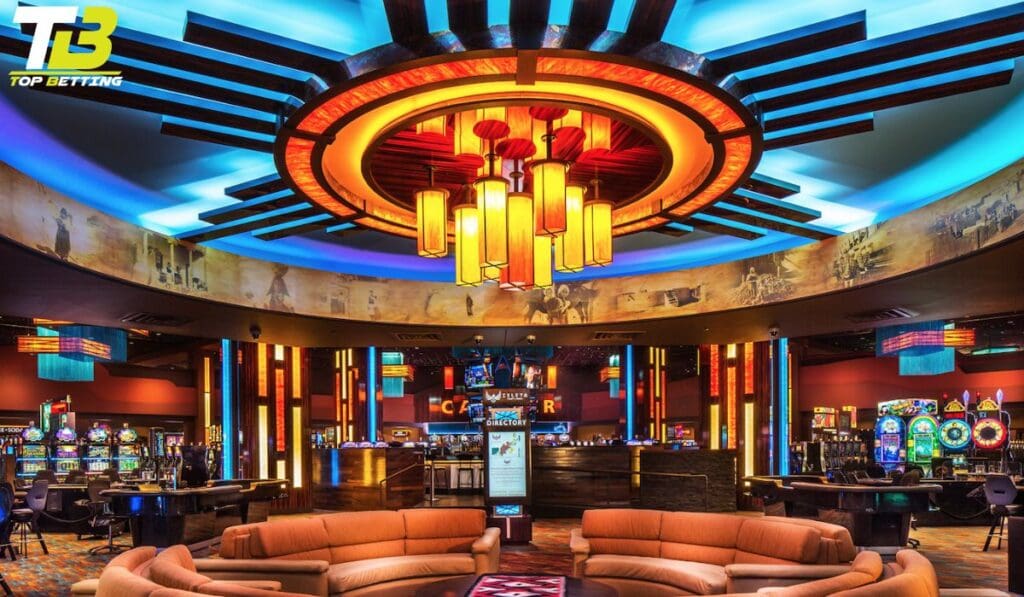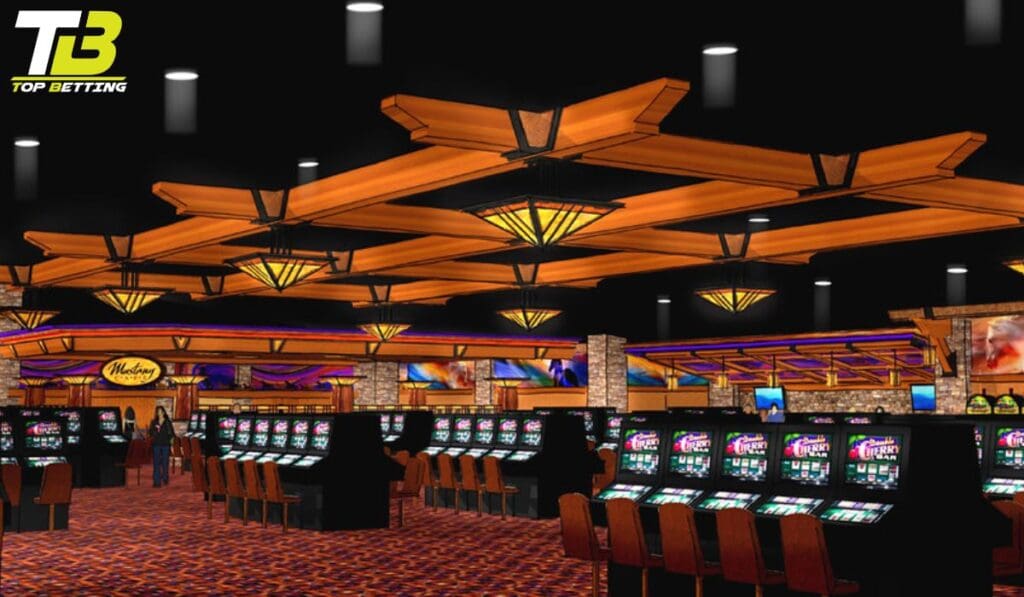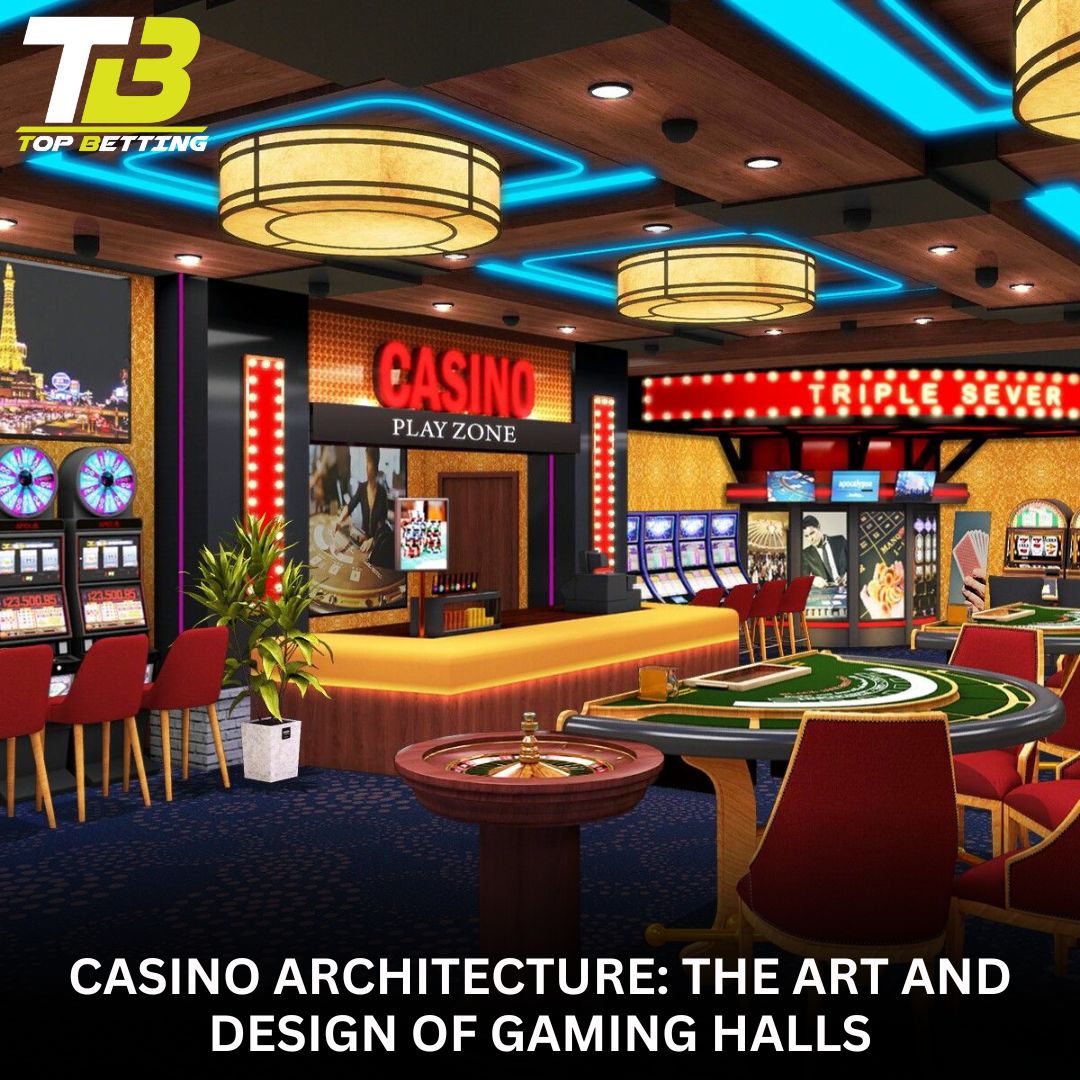
Casino Architecture the Art and Design of Gaming Halls
As visitors approach a casino, the entryway serves as their initial introduction to the world of gaming and entertainment. Designers meticulously craft these grand entrances to captivate the senses and pique the curiosity of potential patrons. Elaborate facades, towering archways, and dramatic lighting effects work in tandem to create a sense of anticipation and excitement, drawing people inside to explore the alluring environment beyond.
The strategic placement of bold architectural elements and striking visual cues ensures that the casino’s entrance commands attention and leaves a lasting impression. By investing in these captivating entryways, operators aim to entice passersby and encourage them to venture further into the gaming establishment, setting the stage for an immersive and unforgettable experience.
Thematic Concepts and Narrative Journeys
Many casinos embrace thematic concepts that transport visitors to different realms, from ancient civilizations to fantastical fantasy worlds. These themes are woven seamlessly throughout the architecture, decor, and overall atmosphere, creating a cohesive narrative that engages the senses and sparks the imagination.
By incorporating thematic elements, casino designers seek to craft a unique and memorable experience for their guests. From the moment they step through the grand entrance, visitors are immersed in a carefully curated world that aligns with the chosen theme, whether it’s the opulent grandeur of a Venetian-inspired setting or the futuristic allure of a space-themed gaming hall.
Navigating the Maze of Excitement
The strategic layout of a casino is often designed to resemble a maze, offering a sense of exploration and discovery for visitors. This maze-like arrangement serves a distinct purpose, as it encourages guests to navigate the space, exposing them to a greater variety of gaming options, amenities, and attractions.
By creating a labyrinth-like environment, designers aim to extend the duration of a patron’s stay, increasing the likelihood of increased spending and engagement. The winding pathways and hidden corners invite visitors to venture deeper into the , discovering new experiences and opportunities to indulge their gaming desires.
Ambiance and Lighting: Crafting the Mood
Lighting plays a crucial role in shaping the ambiance and mood within a casino. Designers employ a combination of natural and artificial lighting to create a warm, inviting, and captivating atmosphere that resonates with visitors. Warm-toned lighting, such as soft yellows and oranges, can evoke a sense of comfort and relaxation, while cooler hues like blues and purples can convey a more elegant and sophisticated ambiance.
The strategic placement of lighting fixtures, from grand chandeliers to subtle accent lights, highlights key architectural features and gaming areas, guiding the eye and enhancing the overall visual experience. By carefully curating the lighting design, casino operators can manipulate the mood and energy levels within different zones, catering to the diverse preferences and needs of their patrons.

Soundscapes and Auditory Experiences
The auditory landscape of a casino is carefully crafted to contribute to the overall immersive experience. The background noise created by the chatter of guests, the clinking of chips, and the rhythmic sounds of slot machines and table games all work together to create a dynamic and energetic atmosphere.
In addition to these ambient soundscapes, casinos often incorporate background music that is tailored to the specific zones and activities within the establishment. Upbeat and high-energy tracks are typically played in gaming areas to heighten the excitement and adrenaline, while more soothing and relaxing melodies are used in lounge and dining spaces to foster a sense of comfort and leisure.
Luxurious Decor and Opulent Furnishings
Casinos are renowned for their opulent and luxurious decor, which contributes to the overall sense of grandeur and indulgence. Plush carpets, ornate chandeliers, marble columns, and richly upholstered seating are just a few of the elements that create an atmosphere of sophistication and exclusivity.
This lavish aesthetic is carefully curated to evoke a feeling of affluence and prestige, catering to the desires of high-roller patrons and those seeking a premium gaming experience. By immersing visitors in an environment of luxury and opulence, casino designers aim to enhance the perceived value of the gaming experience and encourage a sense of indulgence and risk-taking.
Integrated Resorts and Destination Experiences
In recent years, the casino industry has seen a shift towards the integration of gaming facilities with hotels, resorts, and other entertainment offerings. These comprehensive destination experiences provide visitors with a multitude of amenities, from accommodations and dining options to shopping centers and recreational activities, in addition to the core gaming experiences.
By creating these integrated resort complexes, casino operators strive to offer a well-rounded and immersive experience that caters to the diverse interests and preferences of their guests. The seamless integration of gaming, hospitality, and entertainment elements allows visitors to indulge in a complete destination experience, fostering a sense of exclusivity and elevating the overall perception of the casino as a premier leisure and entertainment hub.
VIP Spaces and Exclusive Experiences
The VIP areas are typically characterized by their luxurious decor, plush furnishings, and discreet service, creating an atmosphere of exclusivity and privilege. By offering these specialized experiences, casinos seek to attract and retain their most valuable clientele, fostering a sense of prestige and loyalty among their high-roller patrons.
Psychological Tactics and Behavioral Manipulation
Beneath the captivating architecture and opulent design, casinos employ various psychological tactics to influence the behavior and decision-making of their guests. The absence of clocks and windows, for example, is a strategic choice that disorients visitors and makes it difficult for them to keep track of time, encouraging them to stay and gamble for longer periods.

These psychological manipulations are carefully crafted to create an environment that is conducive to prolonged gambling sessions and increased spending, ultimately maximizing the casino’s profitability.
Evolving Trends and Design Philosophies
Over the years, the casino design landscape has witnessed a significant shift, moving away from the traditional “gaming design” approach championed by experts like Bill Friedman, towards a more innovative and guest-centric “playground design” philosophy pioneered by industry visionaries like Roger Thomas.
Playground Design Revolution
The Bellagio, which opened in 1998, is widely regarded as a groundbreaking example of the playground design approach. Designed by Roger Thomas in collaboration with Steve Wynn, the Bellagio’s design cast aside the conventional rules that had long governed casino architecture, instead opting for a more open, glamorous, and guest-centric environment.
The Bellagio’s success, both in terms of profitability and guest satisfaction, served as a testament to the effectiveness of the playground design philosophy. By creating a space that felt more liberating and indulgent, the Bellagio was able to attract and retain guests, generating unprecedented revenue per guest room and setting a new standard for casino design.
Embracing Technology and Multimedia Experiences
As the casino industry has evolved, the integration of technology and multimedia experiences has become an increasingly important aspect of casino design. From the strategic placement of video screens and digital advertising to the incorporation of interactive gaming elements, casinos are leveraging the latest technological advancements to enhance the overall guest experience.
Conclusion
The art and design of casino architecture go far beyond the mere provision of gaming opportunities. Casinos are meticulously crafted environments that captivate the senses, manipulate human psychology, and create immersive experiences that keep visitors engaged and eager to return.
From the grand entrances that draw in passersby to the carefully curated ambiance and soundscapes that envelop guests, every aspect of casino design is strategically planned to enhance the overall experience and encourage longer stays and increased spending.

As the industry continues to evolve, casino designers and architects must remain at the forefront of emerging trends and technologies, constantly adapting and innovating to meet the changing needs and preferences of their clientele. By striking the delicate balance between opulence, entertainment, and environmental consciousness, the casino industry can continue to captivate and enthrall visitors, cementing its status as a premier destination for leisure and gaming.










